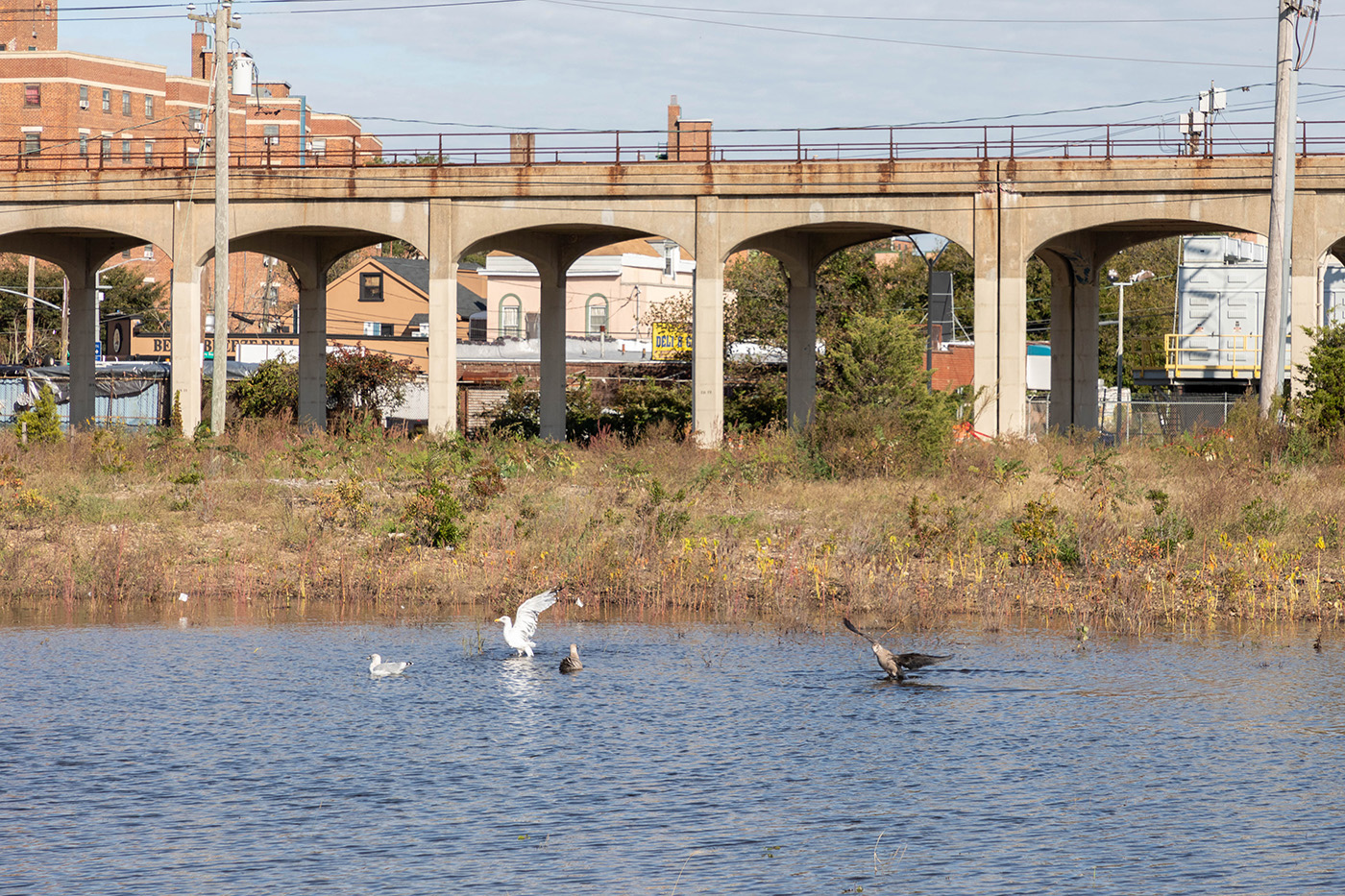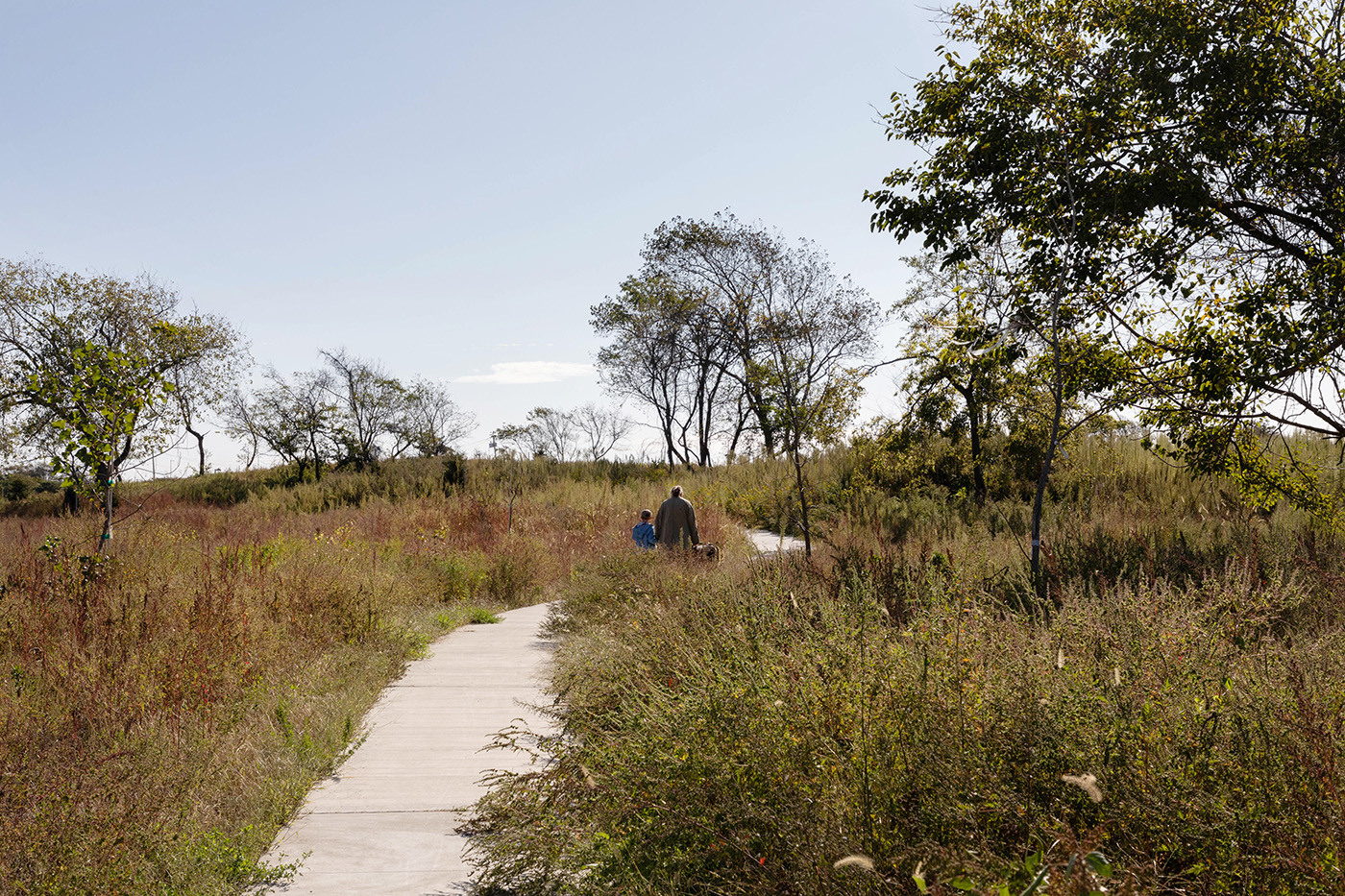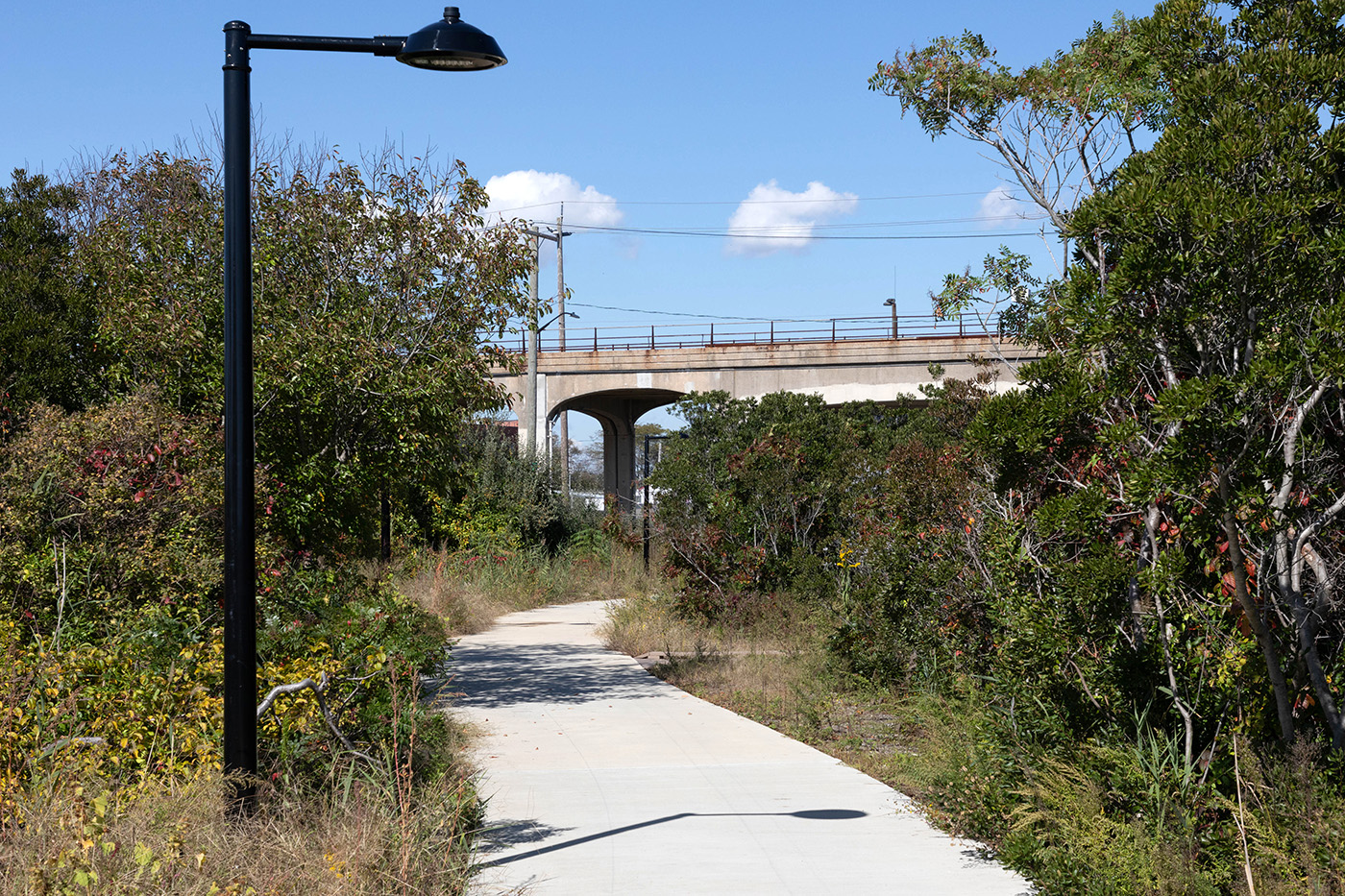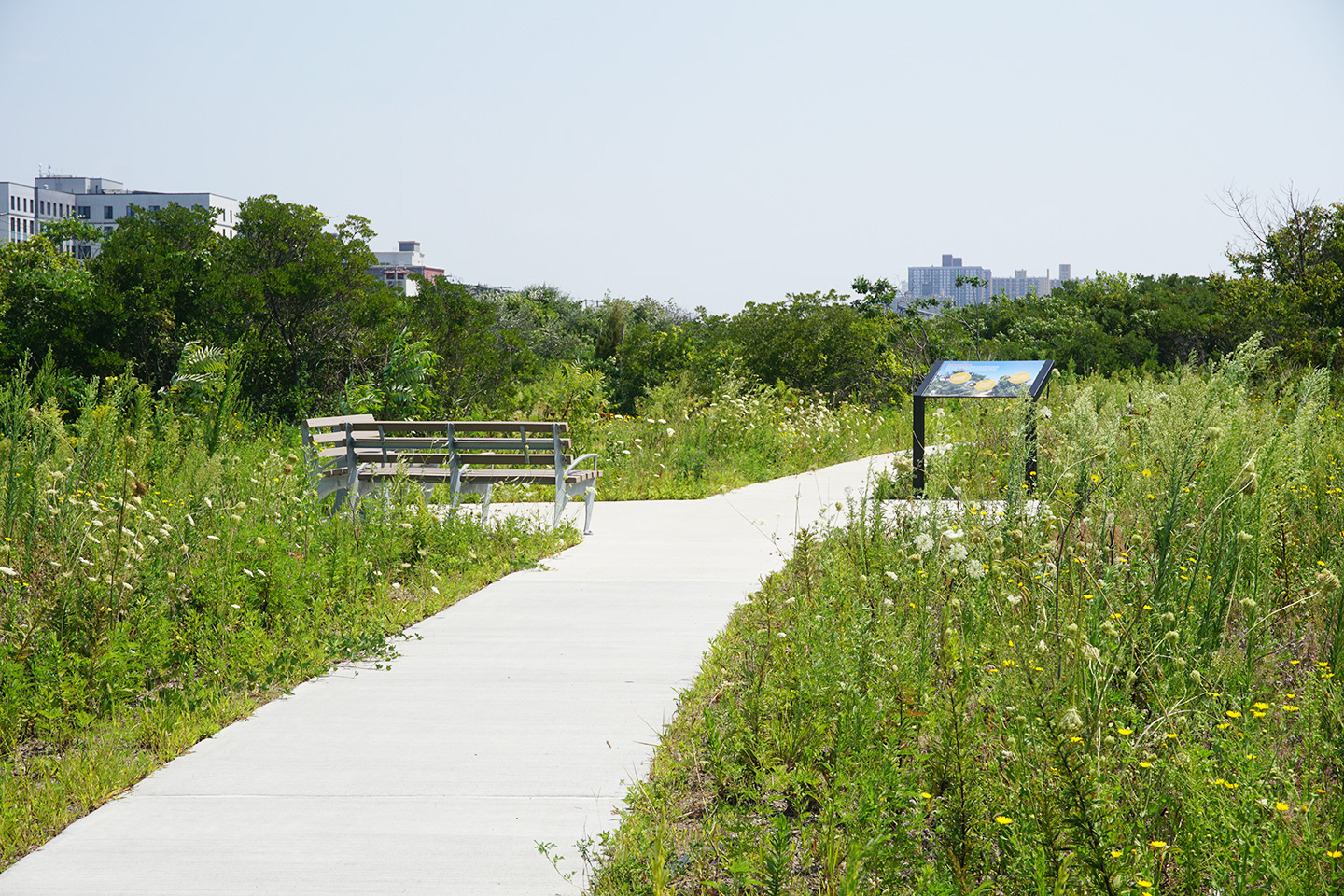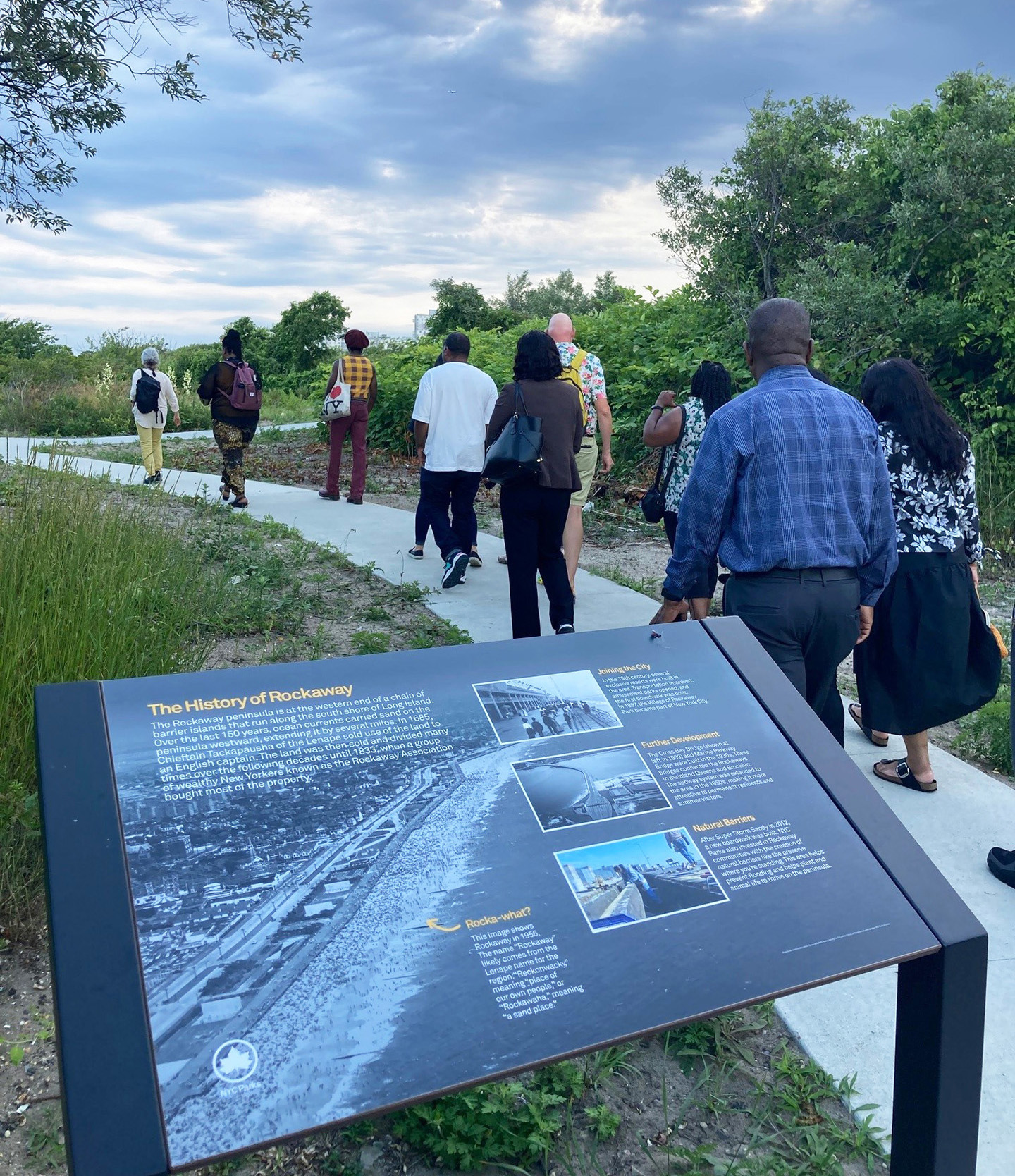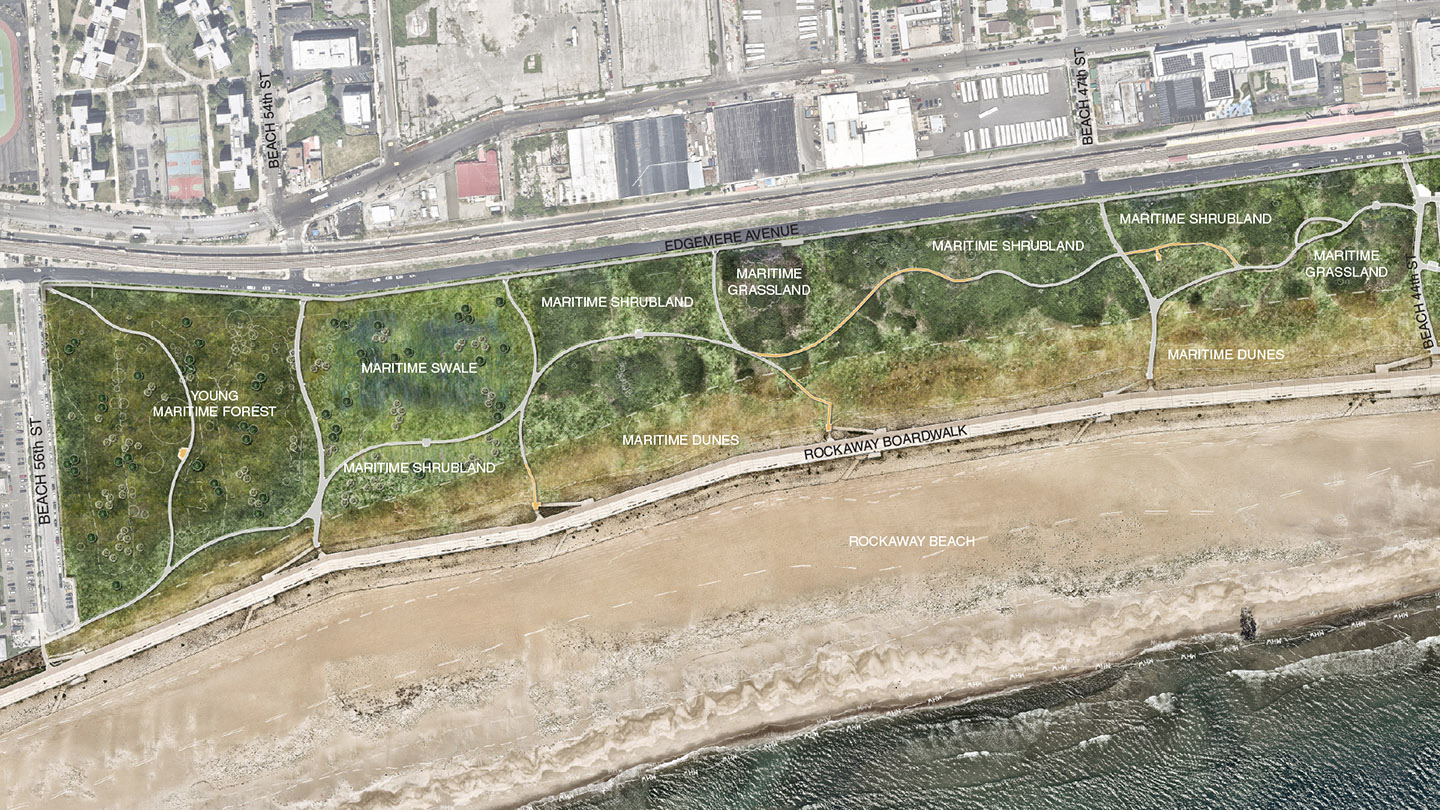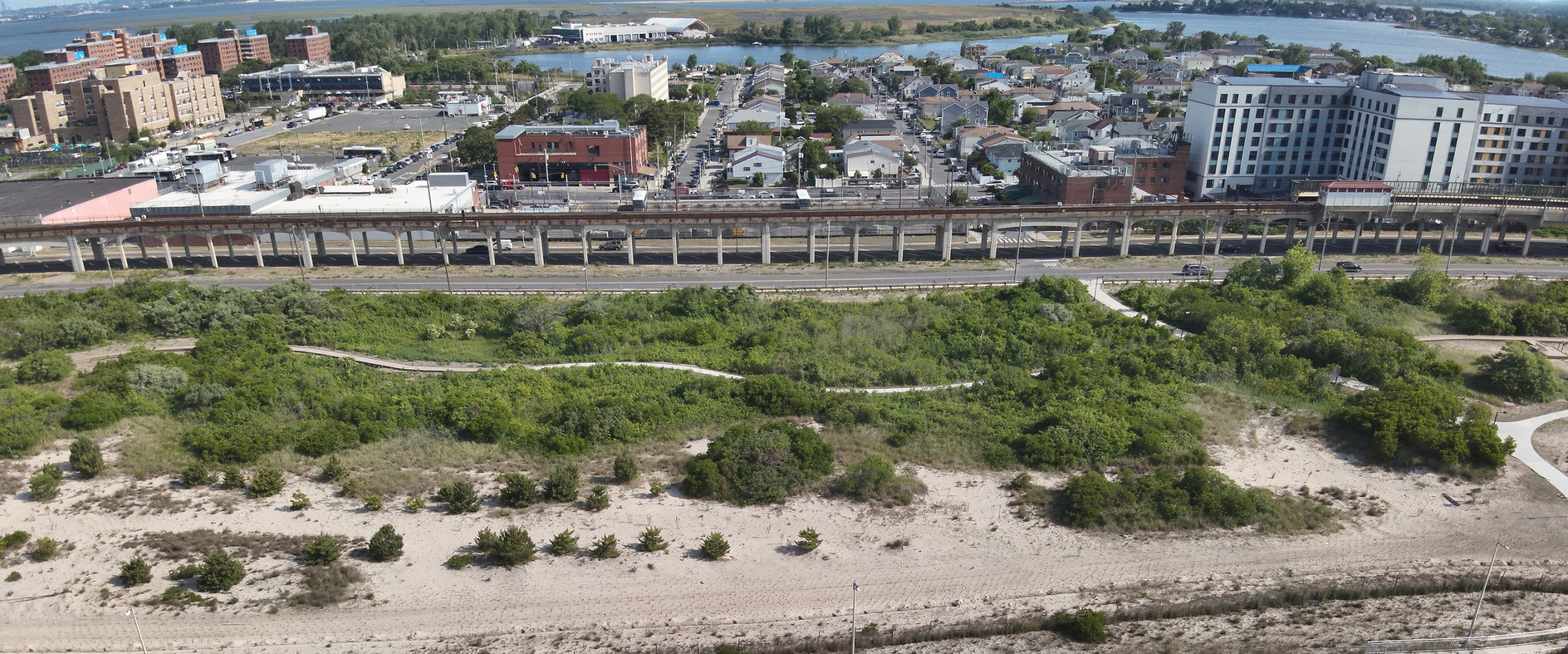
Arverne East will be the ecological centerpiece of New York City’s first net-zero community—a 35-acre “urban” nature preserve situated between the Atlantic Ocean and a dense residential neighborhood on the Rockaway Peninsula. Mandated by the environmental review process as mitigation for construction of the new development on this fragile barrier island, the preserve was... Continue Reading
Arverne East will be the ecological centerpiece of New York City’s first net-zero community—a 35-acre “urban” nature preserve situated between the Atlantic Ocean and a dense residential neighborhood on the Rockaway Peninsula. Mandated by the environmental review process as mitigation for construction of the new development on this fragile barrier island, the preserve was intended to re-establish native habitat in disturbed areas and to protect areas where native vegetation was intact. This concept for a traditional preserve at the doorstep of a residential community raised concerns among residents, who feared that an unlit landscape would create a dark barrier between the streets and beach, inhibiting evening use of the waterfront that is so important to the neighborhood. Responding to these concerns, Starr Whitehouse coordinated among stakeholder agencies to reframe the mission of the preserve as a place of “urban ecology,” benefitting the area’s human, plant, and animal communities. A system of well-lit paths designed to Department of Transportation standards provides direct access for the short walk from the street to the boardwalk. A more sinuous path system guides visitors through a landscape of five ecologies—maritime forest, maritime shrubland, maritime grassland, maritime swale, and maritime dunes—while circumnavigating sensitive plant communities. Gathering spots with explanatory signs create inviting places to enjoy birdwatching and take in the expanse of seaside nature. By reframing the objectives of a nature preserve, Arverne East will support biodiversity while offering equitable access to the water and educational, social, and mental health benefits to the community.
Photo credit for featured image, thumbnail: L + M Development Partners
Photo credit for photos 1-4: Francine Fleischer


